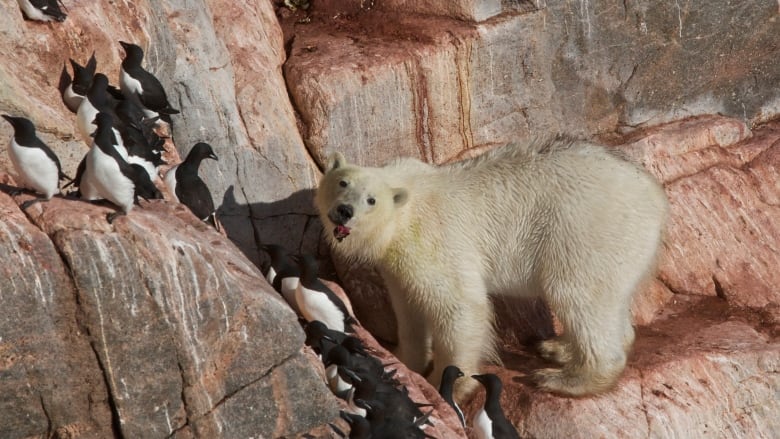By Darrin Qualman
NFU
Published: October 28, 2021
Opinion

The National Farmers Union argues that a recent report on how federal greenhouse gas emission targets would affect fertilizer use is based on false assumptions. | File photo
Fertilizer Canada and Meyers Norris Penny recently released a report called Implications of a Total Emissions Reduction Target on Fertilizer.
That report is a response to the December 2020 federal government announcement that it would “set a national emission reduction target (for 2030) of 30 percent below 2020 levels from fertilizers and work with fertilizer manufacturers, farmers,” and others to meet that target.
The MNP and Fertilizer Canada report presents a model that assumes that a 30 percent reduction in fertilizer-related emissions requires a 20 percent reduction in fertilizer tonnage (especially nitrogen) and that, in turn, would lead to a 20 percent reduction in crop yield. The report calculates that this yield reduction would lead to billions in lost revenues.
Unfortunately, the report is based on simplistic, flawed assumptions and seems intended to stoke fear among farmers, rather than contribute to fruitful discussions regarding pathways to agricultural emissions reduction.
The following examines some of the report’s false assumptions:
Less fertilizer must equal less crop. False.
The report disregards the sophisticated management capacities of farmers, the potential for innovation and adaptation and the many ways that farmers can reduce fertilizer requirements, including better soil testing, variable-rate application, enhanced rotations, split application, or biological nutrient sources. It assumes that a 20 percent reduction in fertilizer use will result in a 20 percent reduction in yields.
To the contrary, research indicates that farmers could significantly reduce fertilizer use with little or no impact on yields. This is because there is now a tendency to calculate fertilizer requirements based on target yields rather than actual or profit-maximizing yields. Not all rates are based on soil tests and factors other than nutrient availability (precipitation) are often the limiting factor in plant growth.
Fertilizer Canada’s report repeatedly refers to a fixed ratio between fertilizer and grain in terms of “pounds per bushel.” In effect, the report assumes that fertilizer is being used with maximum efficiency, rates are optimized, soil testing is universal, and that every unit of reduced fertilizer input must result in a unit of reduced crop output. Such assumptions are false.
Reducing fertilizer use will reduce farmers’ net incomes. False on most farms.
The report claims to measure “direct financial impacts” on farmers but does not do so. It quantifies alleged negative impacts on gross revenues but omits cost savings from reduced fertilizer purchases.
Contrary to the report’s assertions, it is very likely that a well-managed transition to optimizing fertilizer use via better placement and timing, and other factors will enable farmers to reduce fertilizer rates, emissions, and costs; maintain yields and revenues; and thus increase margins and net incomes.
Fertilizer Canada uses a BAU scenario incompatible with Canada’s emission-reduction commitments and incompatible with the stable climate farmers need. Its BAU scenario projects a crop tonnage increase of 34 percent by 2030. By the report’s own logic, this must mean that fertilizer tonnage must also increase by 34 percent. It follows that greenhouse gas emissions from fertilizer would increase by a similar percentage.
Canada, however, has committed to cut economy-wide emissions by 40 percent by 2030 and reach net zero by 2050. Fertilizer Canada’s BAU scenario of ever-rising emissions is simply impossible as we move toward 2030 and beyond.
The interface between climate, farm economics, global prices, emission-reduction commitments, input-use efficiency, soil biology, plant genetics, adoption of agronomic practices, government policies and programs, and other factors is complex.
Unfortunately, Fertilizer Canada and MNP ignored these complexities and produced a simplistic, self-serving model that does nothing to illuminate the actual path that farmers must follow to reduce emissions in line with the requirements of Canada’s international commitments and the maintenance of a stable climate.
This report provides no useful insights into how farmers might contribute to Canada’s low-emission future and prosper as they do so.
Darrin Qualman is the National Farmers Union’s director of climate crisis policy and action.











